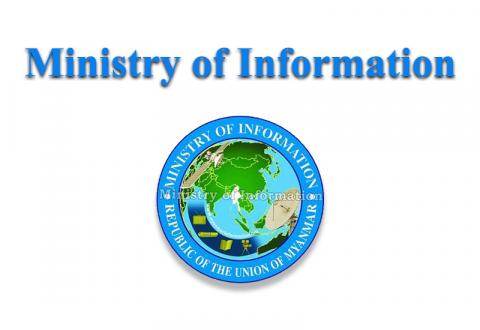Efficiently use freshwater in daily life
PEOPLE often perceive water as a widely available natural resource. However, for those living in water-scarce regions, water is a precious necessity, valued for its life-sustaining role. In particular, people in areas with low rainfall and limited water supply deeply understand the significance of clean drinking water.
From space, the Earth appears as a “water planet” since most of its surface is covered by water. However, the majority of this water consists of salty oceans, while only about 3 per cent of the total water supply is freshwater. Of this, 1.97 per cent is locked in glaciers and ice caps, 0.5 per cent exists as groundwater and just over 0.3 per cent is found in rivers, streams, lakes, and reservoirs. This highlights the importance of conserving freshwater resources.
As the global population continues to rise, freshwater consumption is also increasing. According to research from the United Nations Environmental Programme, by 2030, over one billion people worldwide will face a lack of drinking water, while approximately 3.4 billion may experience water shortages.
In Myanmar, where over 70 per cent of the population resides in rural areas, the government has been implementing water supply programmes since the year 2000. The Ministry of Cooperatives and Rural Development, through the Department of Rural Development, aims to ensure that by 2030, all rural communities have access to safe and sufficient drinking water services.
According to the 2019 interim census data, access to improved and secure water supply systems in rural areas had reached 77 per cent. Between 2019 and 2024, the government, with support from UNICEF and various funding sources, implemented 15,131 rural water projects across 13,931 villages. These projects were funded through initial grants, renovation funds, state contributions, and tropical zone water access programmes.
The rural water supply initiatives involve both government funding and community contributions. Key approaches include household water tank systems managed by local communities, water purification systems for safe drinking water, village-wide water distribution networks with pipelines, and solar-powered water pumping systems using renewable energy.
As water is essential for the people not only in urban but in rural areas in all countries, it is necessary to make efforts to improve the social and economic well-being of rural populations. To meet the 2030 goal of providing safe and sufficient drinking water to all rural communities across states and regions, active participation from local communities is essential.
#TheGlobalNewLightOfMyanmar

